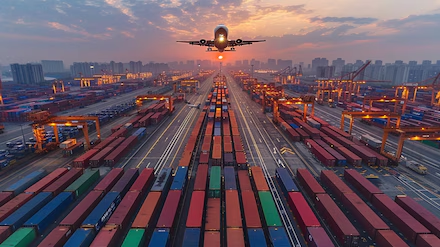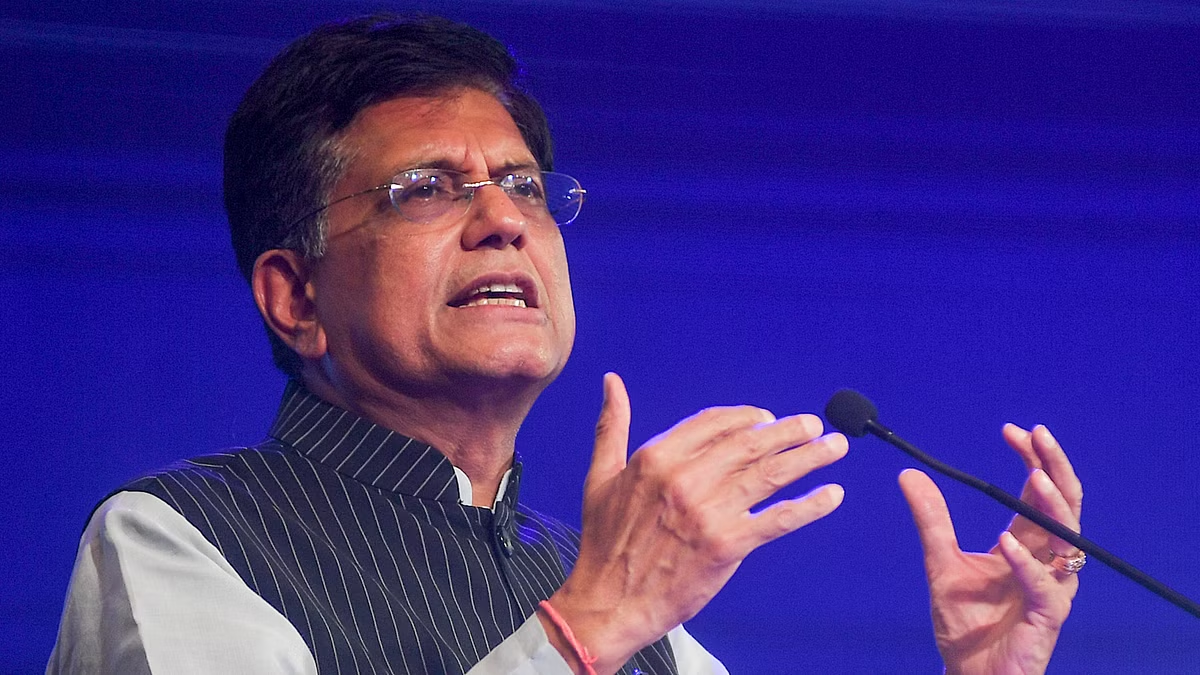Share

This initiative has been launched by the Commerce and Industry Ministry, through which merchandise exports are to be made easier through e-commerce platforms.
The Indian Government has recently set a goal to create about 50 e-commerce export zones during the next five years, as the country’s e-commerce exports are at a rather low level – only Rs 41,000 crores. China exports e-commerce goods for about Rs 25 lakh crores. It will be done through public-private partnership (PPP) and it is expected that 10 of these centers will be established in the current financial year. This initiative has been launched by the Commerce and Industry Ministry, through which merchandise exports are to be made easier through e-commerce platforms, and export procedures for MSMEs simplified.
The Government is especially keen on eliminating supply constraints and improving the enabling base for businesses, especially SMEs, to engage in export trade. The proposed hubs shall be established in cities with adequate road, shipping, and or air transport infrastructure to support e-commerce exports. To facilitate this, a policy on regulation of e-commerce exports is likely to be developed by next month. This framework is intended to ease the procedures for cross-border e-commerce and ease constraints for small businesses to promote growth. The hubs will also function in a ‘plug-and-play’ manner, with the possibility of easy operationalization and key service infrastructures such as customs clearance facilities and land acquisition. Mr. Sanjay Kumar, a former principal commissioner of the Income Tax department, stressed the need to maintain quality of the products and to synchronize all the Government Departments to realize vast export possibilities. The initiative is expected to generate employment opportunities and be of advantage to MSME units and producers of consumer products, including apparels and handicrafts. The opening of these export zones is in line with the Government’s Foreign Trade Policy (FTP) which has set a target of raising India’s e-commerce exports to a range of Rs 15 lakh crores – Rs 25 lakh crores by 2030.
At present, India is a fast-growing e-commerce market, with a gross merchandise value of Rs 5 Lakh crores in FY 2023, which is 22% higher than that of the previous year. It is expected that the industry will grow to Rs 25 lakh crores by 2030 as more people connect to the internet and indulge in purchasing products online. India has 93.61 crores internet users and around 35 crores mature Internet users, who are involved in making transactions. The Government has also permitted 100% FDI in B2B e-commerce, which adds to the sector’s prospects. They point out that in order to optimize this effort, there are issues that need to be fixed, including but not limited to, complicated customs formalities and payment remittance problems. The Government is encouraged to adopt some recommendations made in the various reports, such as the consignment limit for the export of courier services and the simplification of the customs procedures in order to ease the trade. Through the promotion of e-commerce exports and enhancing the MSMEs, India has the vision of becoming a world market leader in e-commerce exports and thus helps the country in achieving its economic growth and development. These e-commerce export hubs are a step towards the achievement of this vision and the export environment is likely to become more resilient and competitive in the future years.
Related Posts
SEARCH SMECONNECT-DESK
RECENT POST
- Piyush Goyal meets startup founders in Delhi, weeks after questioning lack of innovation by many new cos.
- Taiwanese Industrial Park near Chennai set to draw ₹10,000 crores investment
- More than 28,000 Startups shut shop in last two years
- T.N. Startup Summit: Panelists stress need for policy framework that fosters inclusivity in startups
- MSME’s moving from traditional lenders to capital markets







